Win CENS ProFlex DX5 earplugs worth £1,149 – enter here
Night foxing over stubble
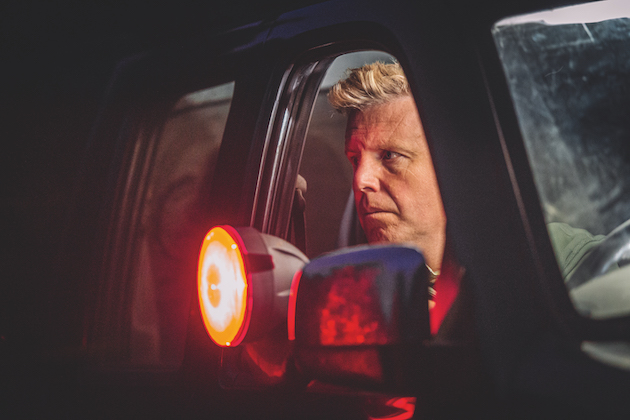 Simon Garnham lamping for foxes
Simon Garnham lamping for foxes
My grey partridges have been a pleasure this summer. Unlike their red-legged counterparts of previous years, they’ve been placid and calm. When I’ve introduced new birds to a pen, they’ve reacted well. I’ve lost none.
Now it’s time to start trickling them into the fields and they continue to be easy to manage. On day one, I saw a covey on a neighbour’s land and I thought that the naysayers’ predictions had come to pass — grey partridges stray quickly and never come back.
But at the pens the following morning, the new releases were nearby — within 50m — calling to the birds left safely inside the netting. The covey I saw must have been a welcome wild pack. My own releases are proving to be loyal and good- natured charges, drinking very little water and exploring contentedly, happily chasing insects, scratching at straw and calling from the top of bales with their characteristic tail flick.
My ducks, too, are where I want them — firmly on the reservoir. A late brood of wild mallard has swelled the numbers and, together, they seem to be establishing a healthy wariness. I want them wild, but not too wild at this stage of their development — nearby and learning to fly, without wandering into trouble.
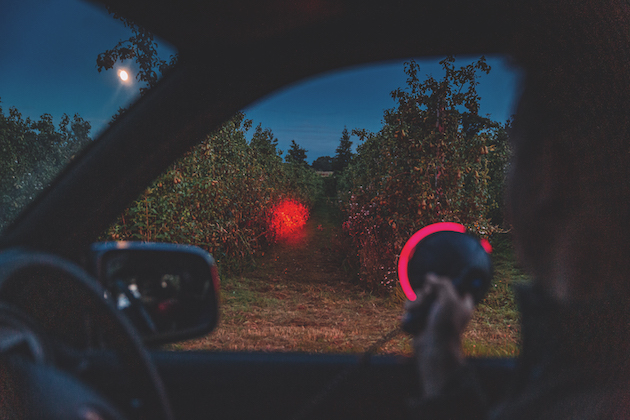
Using the infrared torch and night vision takes Simon back to patrols on a border road near Pakistan
Night foxing
The only problematic wards are my pheasant poults, who seem to think that they’re students on a field trip. They’re determined to find every way to get lost or into difficulty.
My first batch of releases set off up a hedge line, apparently in great excitement, making for the nearest road. The dogs and I headed them off before discovering the next class of delinquents trying to throw themselves under the combine. Later, we found a pile of feathers that were unmistakably the work of Reynard. It was time to break out the rifle.
Night foxing – lamping is addictive. Several avid Guns I know would put shooting foxes at night at the top of their sporting lists, above even grouse, wildfowl or deer. Perhaps it’s something about setting out in darkness. Maybe it’s the cunning adversary. Perhaps it’s the wind in (ever-receding) hairlines.
Or maybe it’s the combination of technology and fieldcraft. There can be no more thrilling adventure in the shooting field than trying to outwit Charlie after the sun has set.
The barley stubble crackled and spat like a frying egg as I nudged the wheels of my old Ford Ranger around the field edges. A harvest moon peered over the woodline as though some celestial hunter was also lamping in the night sky. The lights of the estuary glittered to the north. Insects sparkled in the dusty lamplight and larks rose and fell like leaves in the wind. The world seemed quiet and still.
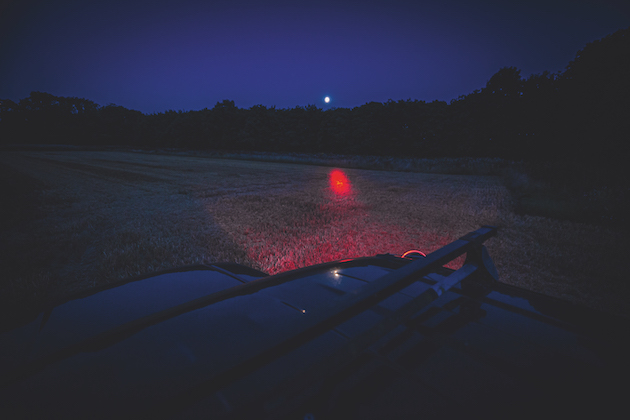
A harvest moon peers over the woodline as Simon scours stubbles and hedgerows
Down by the river, movement caught my attention. I squinted through the night sight. My first uninvited guest was not a fox. It was a hooded man with a metal detector and spade. I locked the rifle in the truck and walked to meet him. He was more affable and apologetic than I’d expected and didn’t seem to have been there long. He was working and camping locally, he explained. He didn’t have time to metal-detect during the day. It was cooler by night and he thought my fields belonged to the farm on which he was staying, where he did have permission.
Patient wait
I put him straight and next morning his story checked out. He knew now where he should and shouldn’t go. He was another one of many to be added to the list of (probably) well-meaning wanderers in this summer of holidaying from home. What more can be done than put people straight and wish them well?
With him safely off the fields, I spent some time lamping each row in the orchard, then walked through the plums using only the infrared torch and night sight. It took me back to Afghanistan patrols 20 years before, patrolling cautiously at night, using vehicles on dusty tracks, quietness and fieldcraft being our watchwords in unfamiliar hills and farmland.
I’d once been shot at while in the vehicle on a border road near to Pakistan. It was an exciting moment, the scything, stinging sound of a round — probably 7.62 — ripping past the stripped-down Land Rover a split second before the crack of a rifle from the hills above our valley dirt-track.
Would more follow? Was it an ambush? We stopped and scoured the hillside, but our unseen adversary disappeared unscathed. Moments of excitement followed by long periods of waiting. Much like lamping.
Back in the plum trees, a muntjac or — increasingly likely — a Chinese water deer was as surprised by my presence as I was by his. It blundered through the cover to what it deemed a safe distance. I enjoyed watching the wary eyes move suspiciously in the long grass. From somewhere, the smell of smoke sat lightly in the dew.
Back at the truck, I parked up in the middle of my largest field with good arcs on all four sides. I spent some time calling through pursed lips and squeaking with wettened polystyrene on the windscreen.
Dampness began to form on the rifle barrel and the bonnet of the truck. Coolness descended. Still no sign of a fox in two hours of looking — a good sign. Perhaps the forays in spring had done their work. “You can’t have ’em and shoot ’em,” as I’m regularly reminded by ‘Ballistic’ Bob Feaviour.
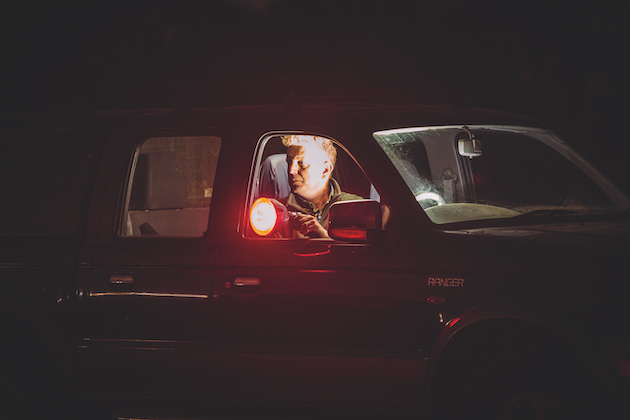
Simon circles the fields in his old Ford Ranger, looking for signs of foxes on the move
Harvest moon
But then, as I was beginning to think of packing up, from out of a game cover came the unmistakable form of a fox. He was moving with confidence at walking pace alongside a farm track, going up the hill.
The rifle was cocked and the safety catch slipped off noiselessly. Only a small adjustment was needed to bring the sight-alignment naturally onto his head and neck. He was in profile, seemingly unaware of my presence, or unperturbed by it. The wind was in my favour and the harvest moon had dipped below the horizon.
The distance was a little under 200m. I adjusted the sight from 100m and set myself. I squeaked, hoping he’d pause. He didn’t. I squeaked again. He was now halfway up the field, trotting purposefully. The opening for a shot was only 300m wide.
He covered 150m since I’d first seen him. At this rate, he’d disappear into the next field within 30 seconds. Squeaking didn’t seem to have any effect. I needed him to stop. I won’t take moving targets — there’s too great a chance of a miss or injury. The bipod legs sounded like a creaking door as I shifted to follow his line. Surely now the chance was gone.
He was on the edge of the headland and about to disappear from view. It was now or never. I whistled. He stopped in his tracks and looked. Two eyes glowed brightly for a split second as I squeezed the trigger and listened for the telltale thump of a successful shot. To my relief, it came.
In the chaff, I found a mature dog fox lying a few metres from the point of impact, a chest shot having stopped him in his tracks. A neighbour tells me he’s had three foxes this year that have been shaven or stitched in some way and obviously been released following a patch-up. There was no evidence of this on my night-time prowler — merely an impressive set of canines.
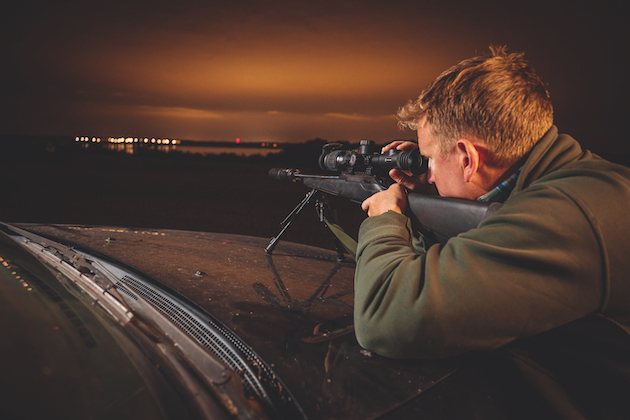
Parking in the centre of the largest field affords good arcs on all sides
I drove on for another hour, scouring fields and hedgerows, casting the night sight over the marshes and squeaking on more barley stubble. A muntjac barked five short alarm calls and a night train rumbled through the Essex countryside carrying fuel from the refinery in a great procession of carriages. But there were no more signs of Charlie.
My bed was calling. The next morning would bring more feeding and more releases. It had been a good night on the stubbles. There’s now one less hazard for my delinquent pheasants and a greater chance for the precious grey partridges.
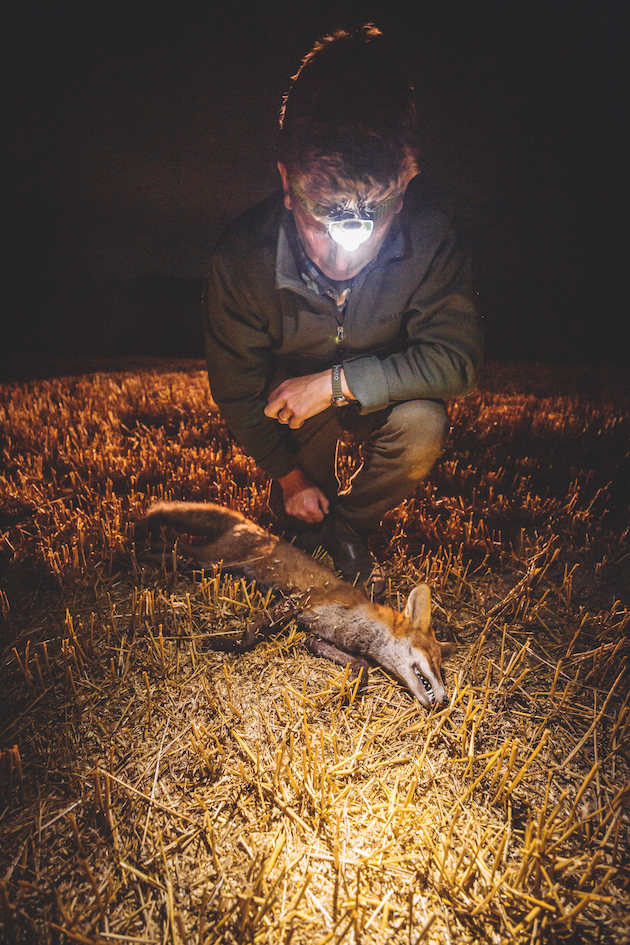
Simon inspects the mature dog fox, which he found a few metres from the point of impact
Related Articles
Get the latest news delivered direct to your door
Subscribe to Shooting Times & Country
Discover the ultimate companion for field sports enthusiasts with Shooting Times & Country Magazine, the UK’s leading weekly publication that has been at the forefront of shooting culture since 1882. Subscribers gain access to expert tips, comprehensive gear reviews, seasonal advice and a vibrant community of like-minded shooters.
Save on shop price when you subscribe with weekly issues featuring in-depth articles on gundog training, exclusive member offers and access to the digital back issue library. A Shooting Times & Country subscription is more than a magazine, don’t just read about the countryside; immerse yourself in its most authoritative and engaging publication.







